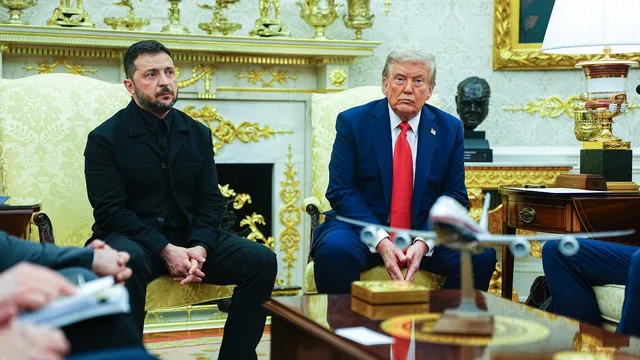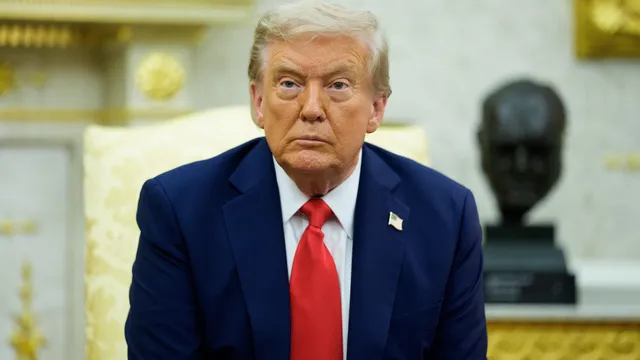The latest proof of this is his puzzling decision to impose a 50% tax on copper imports. How this would help the American economy remains a mystery, even though it has already shaken up the copper market with chaotic results for American manufacturers who rely on this vital metal.
Copper prices are typically seen as an economic benchmark because the metal is widely used in construction and industrial production. Yet prices have been rising this year despite the slowdown in economic growth. Trump’s February order for a Section 232 national security investigation into copper imports forced businesses and traders to stockpile supplies.
The results of the Section 232 investigation have yet to be announced, but Trump’s newly declared tariffs this week triggered a frantic rush to accelerate imports. Copper prices reached record highs on Tuesday after the president announced the 50% tariff, which he said would take effect on August 1. Buyers are now scrambling to secure supplies before August.
“Copper is needed for semiconductors, airplanes, ships, munitions, data centers, lithium-ion batteries, radar systems, missile defense systems, and even the hypersonic weapons of which we produce many,” the president wrote on Truth Social, adding: “Why did our foolish (and SLEEPY!) ‘leaders’ destroy this important industry?”
This is almost self-contradictory. It’s true that copper is integral to defense systems, although the United States already produces more than enough to meet military demand. Domestic production accounts for about half of U.S. copper consumption, with most of the metal used in construction, electrical and water systems, transportation, and industrial equipment.
It’s also true that China dominates copper refining. China produces 42% of global primary copper refining, up from 11% in 2002. The U.S. share has fallen from 10% to 4%. But the United States is not dependent on China. About 65% of imports come from Chile, 17% from Canada, and 9% from Mexico. The U.S. has free trade agreements with all three countries.
Trump says the tariffs will ensure that the U.S. can “once again build a DOMINANT copper industry.” But that will take more than tariffs. The main reason the U.S. doesn’t mine and refine more copper (and other critical minerals and metals) is the heavy government bureaucracy. Developing a new mine in the U.S. takes an average of 29 years—second-longest in the world after Zambia.
Building and permitting a copper smelter can take more than five years. Mr. President, by all means, remove permitting obstacles and urge Congress to reform the National Environmental Policy Act, which the left uses to block every new mining or refining project.
But in the meantime, tariffs won’t motivate companies to build new smelters that can still be blocked by lawsuits. Trump will make American firms pay 50% more for a critical metal while waiting five years or more for new domestic supply. How does making airplanes, ships, and munitions more expensive help national security? That’s national insecurity.
China’s growing dominance over critical minerals is indeed a national security risk. Its subsidies and looser environmental regulations make it hard for smelters elsewhere to compete. This year, Beijing exploited its control over rare earth minerals by restricting exports to the U.S., which led Trump to ease tariffs and export controls on China.
The U.S. will need to form a united front with its allies to push back against Beijing’s predatory practices and ensure the world isn’t dependent on China. One idea is to create a critical minerals alliance. Copper tariffs will only give allies another reason to wonder whether it’s better to draw closer to Beijing than to Washington. | BGNES
------------------------------------
Analysis by Wall Street Journal

 Breaking news
Breaking news
 Europe
Europe
 Bulgaria
Bulgaria







